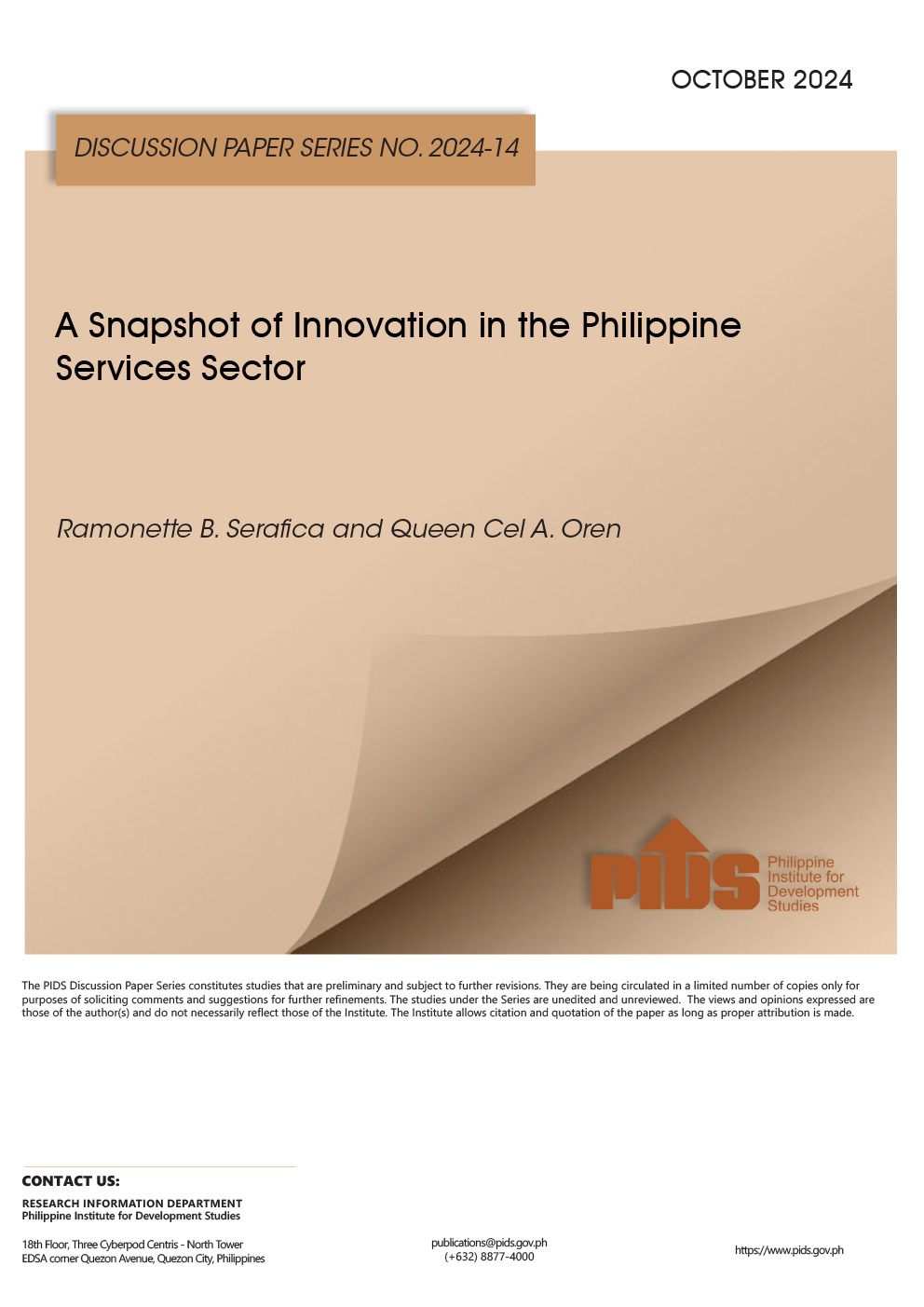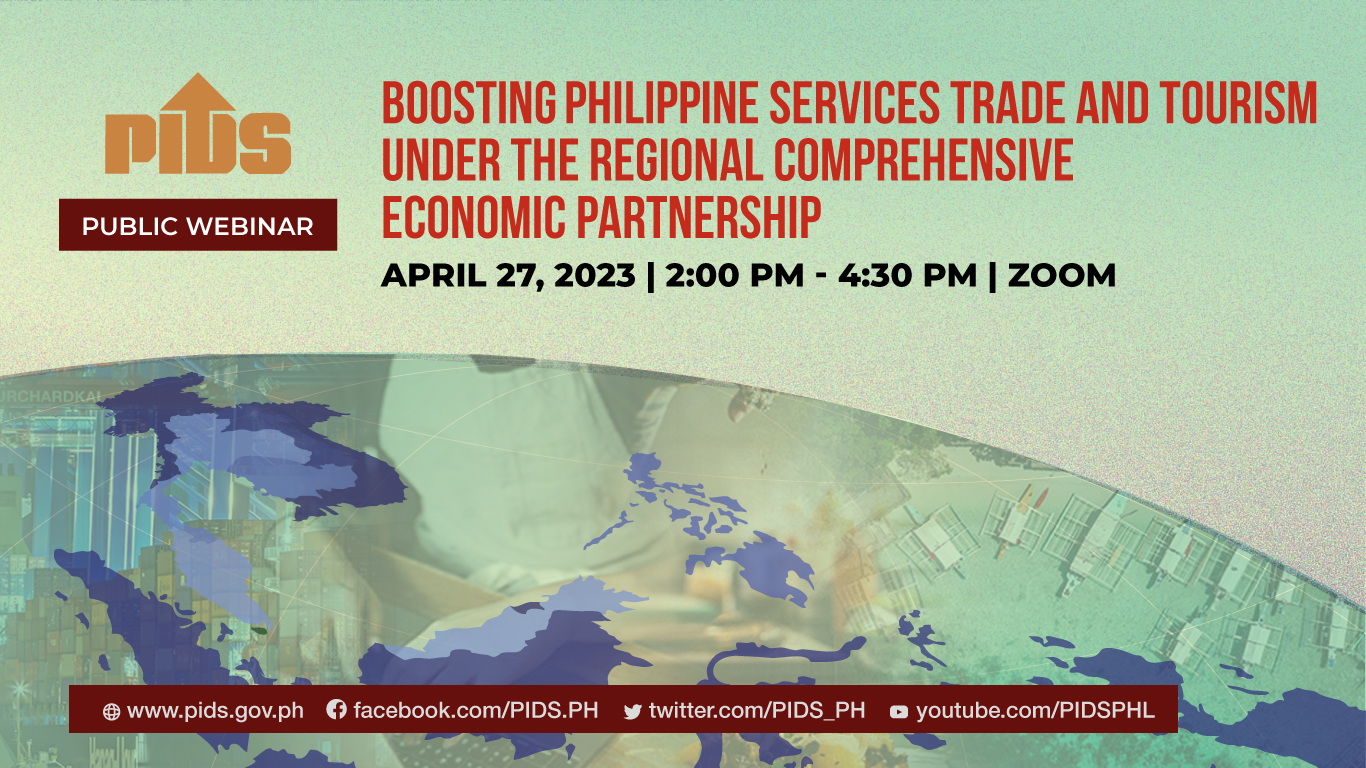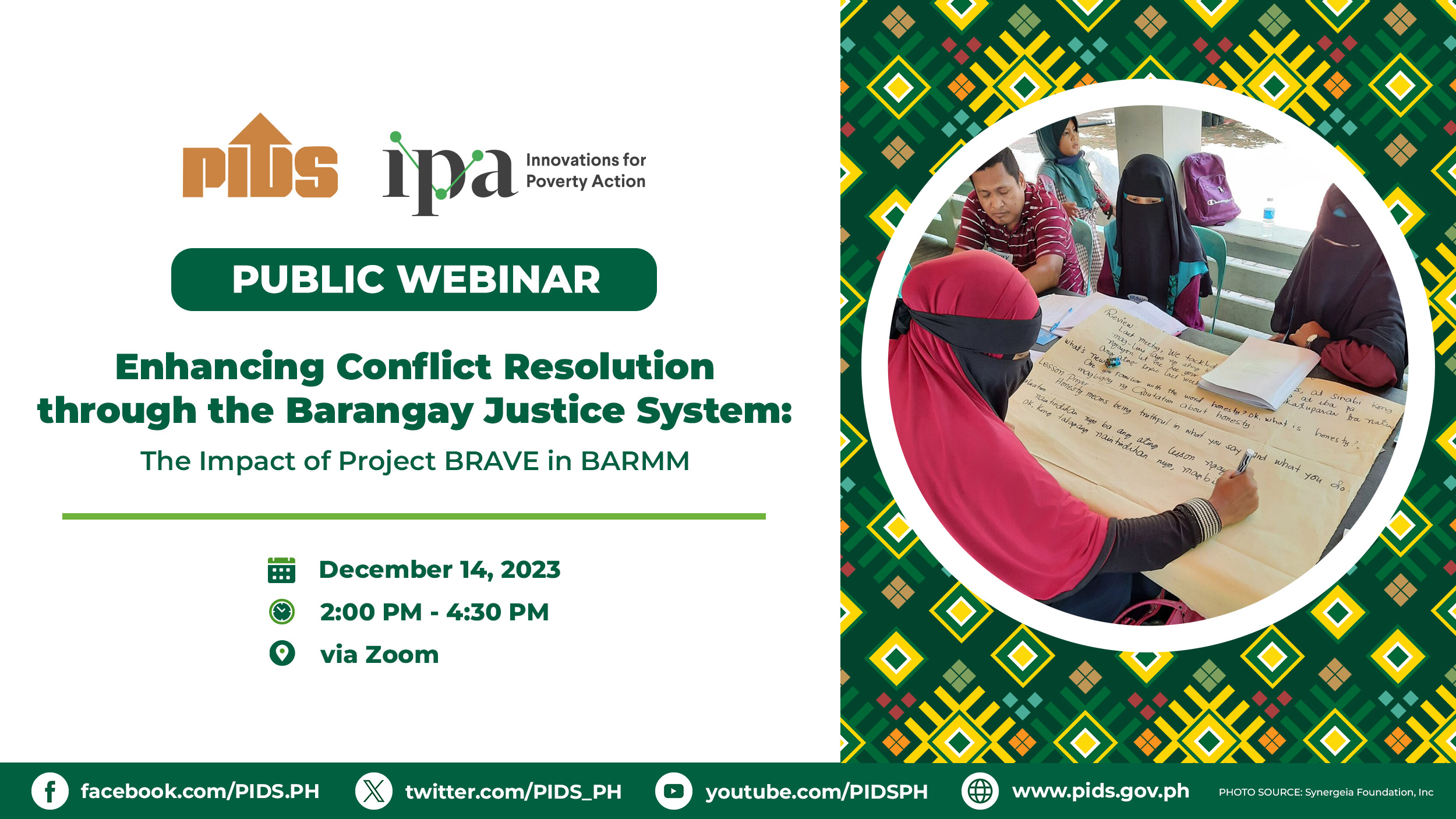AS the government intensifies its response to the COVID-19 pandemic, well-designed e-government platforms are crucial to ensure the efficient and timely delivery of public services.
In a forthcoming discussion paper of the Philippine Institute for Development Studies (PIDS) titled “Innovating Governance: Building Resilience Against COVID-19 Pandemic and Other Risks”, PIDS researchers Aubrey Tabuga, Sonny Domingo, Charlotte Justine Sicat, and Valerie Gilbert Ulep emphasized the importance of e-government in the seamless delivery of government services during the pandemic and other similar crises.
E-government was introduced in the country in 2000 through the inception of the Government Information System Plan (GISP), which was aimed at computerizing government operations and activities. Following the GISP are e-government reforms such as the e-Commerce Act and the e-Procurement Act.
However, despite these developments, “the application of e-government solutions has remained incremental” in the Philippines, the authors said.
The long-standing challenges in the use of information and communications technology (ICT) have been magnified amid the COVID-19 pandemic. The manual distribution of the Social Amelioration Program and the lack of real-time submission of surveillance data from local government units are indications that ICT infrastructures in the country are still untapped.
The study cited some barriers that could hamper the progress of realizing the potentials of e-government in developing countries like the Philippines.
One is digital divide, which refers to the gap between those who have access to computers and the internet and those with no access.
Another issue pertains to the country’s ICT legal framework. “Outdated laws and policies, overlapping functions of authorities can hinder the implementation of e-government initiatives,” the authors said. The “complex laws and regulations” can also increase the cost of collaboration for various agencies.
The inadequacy of ICT infrastructure is also a significant challenge in the implementation of e-government in the Philippines. Among the gaps identified in this area include the lack of technological skills among leaders, employees, citizens, and vulnerable population; lack of qualified IT developers or managers; lack of interoperability or lack of shared standards and compatible infrastructure across government agencies; and lack of hardware.
There are countries, however, with well-established e-government systems.
Canada has been implementing the Service Canada program since 2005. The program provides a single point of access to a full range of federal government services and benefits through the use of the internet, telephone, and e-mail. Over time, the program yielded more services and cost-saving strategies for its citizens.
The success of Estonia can also be attributed to digital transformation. The government invested heavily in innovative IT solutions for Estonians to routinely use ICT in accessing government services. The country relies on smart infrastructure that made it possible to build a large and interconnected ecosystem, which was built by local Estonian companies.
The Philippines can draw lessons from these e-government models to be able to improve its ICT system. One such lesson is to adopt a policy with a uniform set of guiding principles and standards. Another is to address the causes of digital divide.
In sum, the study recommended a “holistic approach to ICT infrastructure development”, the adoption of a “clear and implementable policy for integration”, and the “improvement of basic and computer literacy of people, especially the marginalized sectors”.
An in-depth discussion on e-government will be held in a webinar titled “Smart systems for Agile Governance under the New Normal” on September 24, 2020, in celebration of the 6th Annual Public Policy Conference (APPC). The APPC is the culminating activity of the Development Policy Research Month (DPRM) spearheaded by state think tank PIDS every September. (PR)
Sound e-government system, crucial to efficient delivery of services in the ‘new normal’












